Nutrient Loss Reduction Strategy
80% OF NITRATE/ NITROGEN LOSSES
ARE FROM AGRICULTURE SOURCES
48% OF TOTAL PHOSPHORUS LOSSES
ARE ATTRIBUTED TO NON-POINT SOURCES, LARGELY FROM AGRICULTURE
45% REDUCTION IN NUTRIENT LOSS
ILLINOIS HAS COMMITTED TO BY 2025
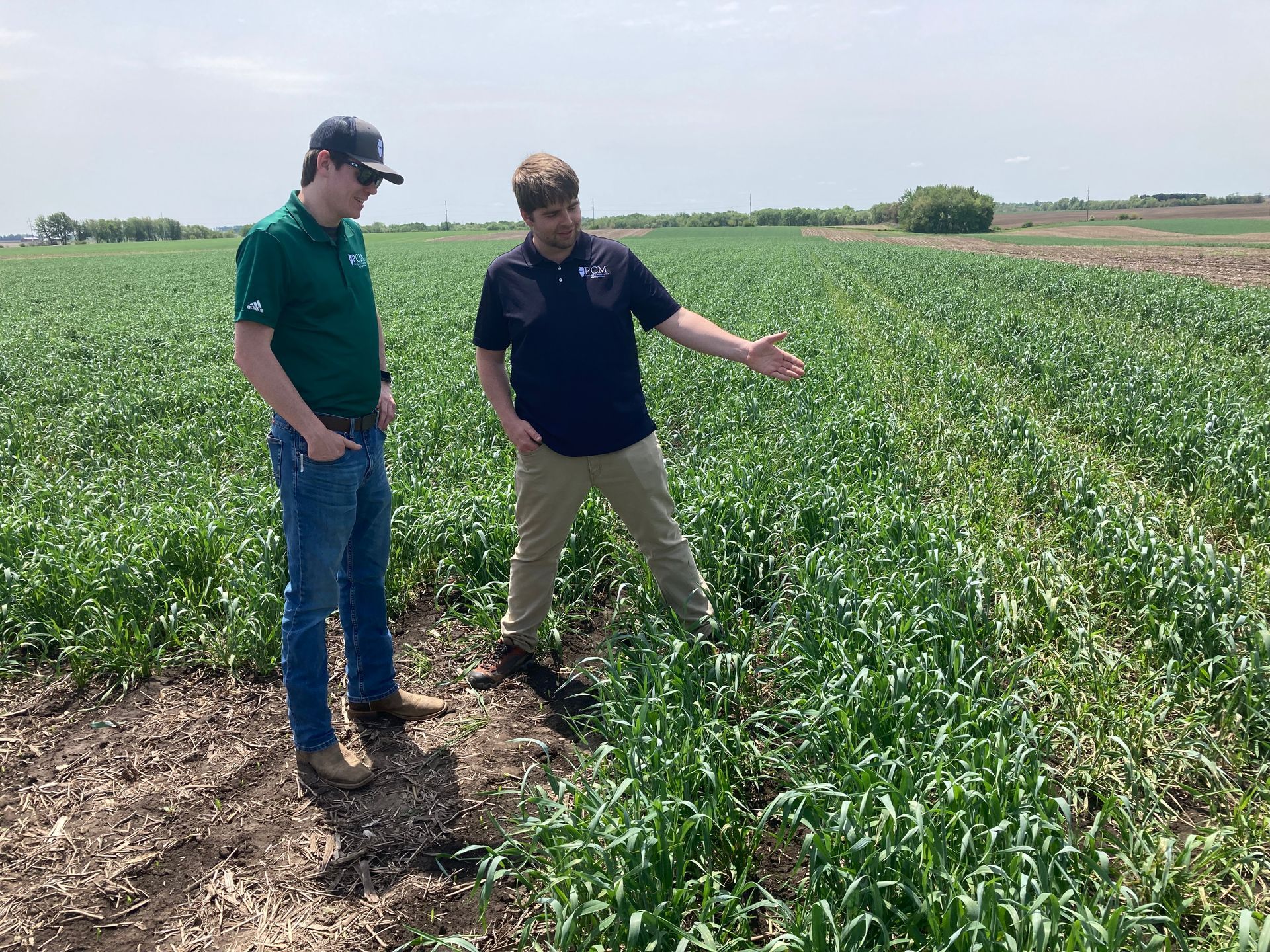
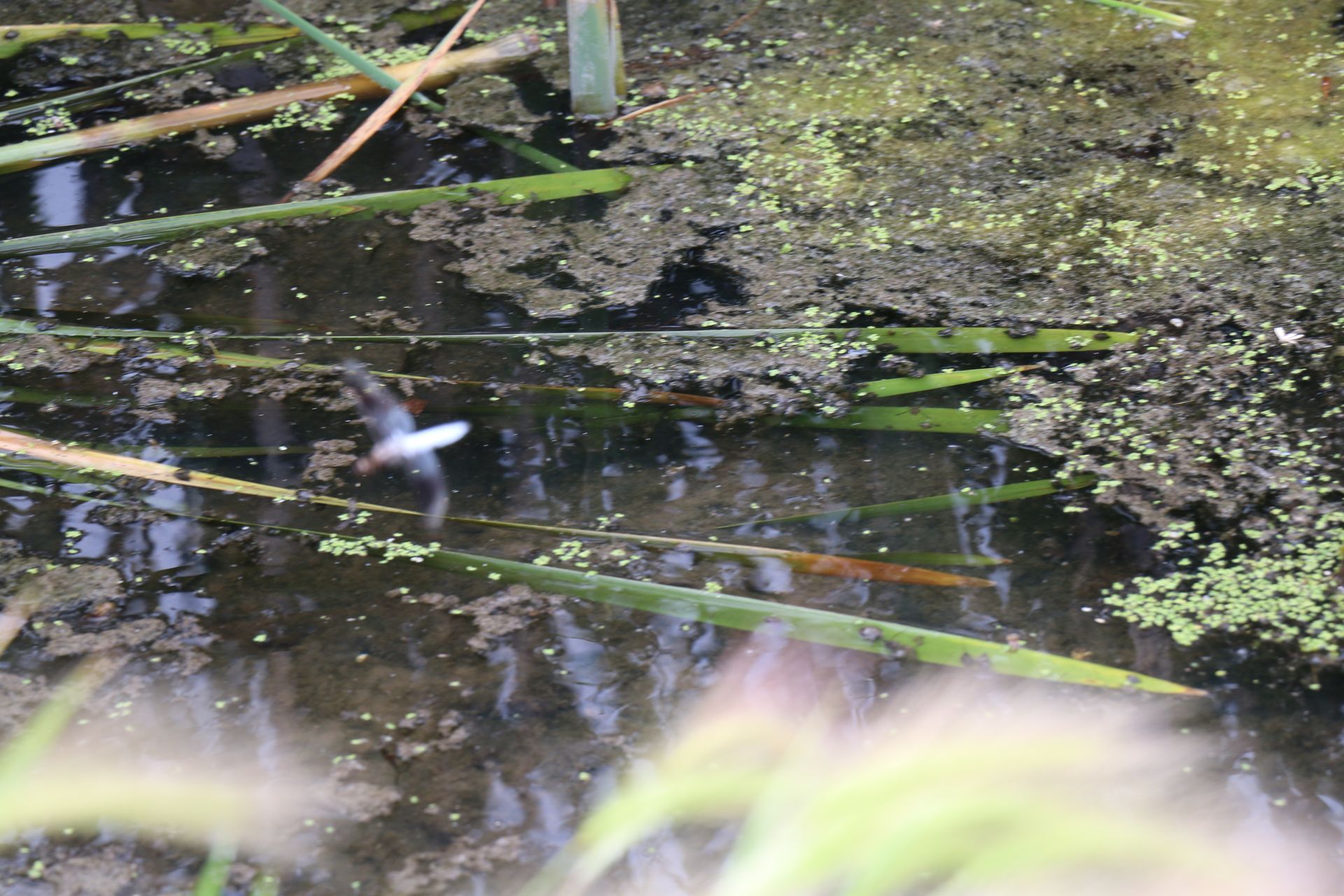


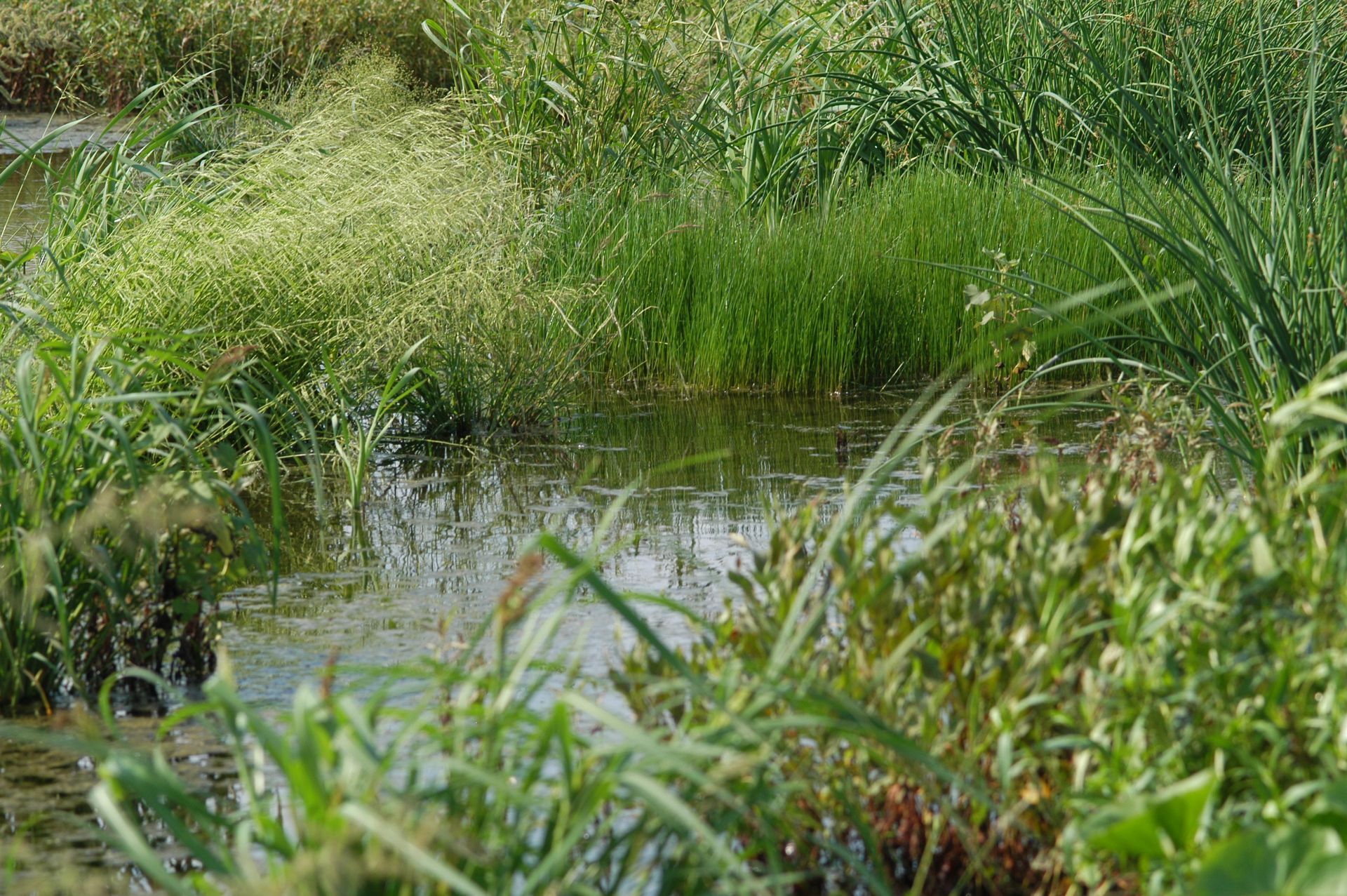
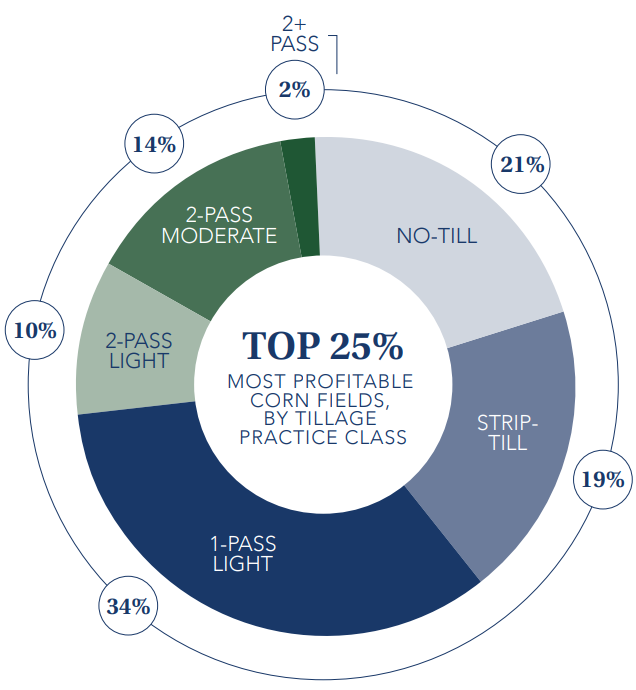
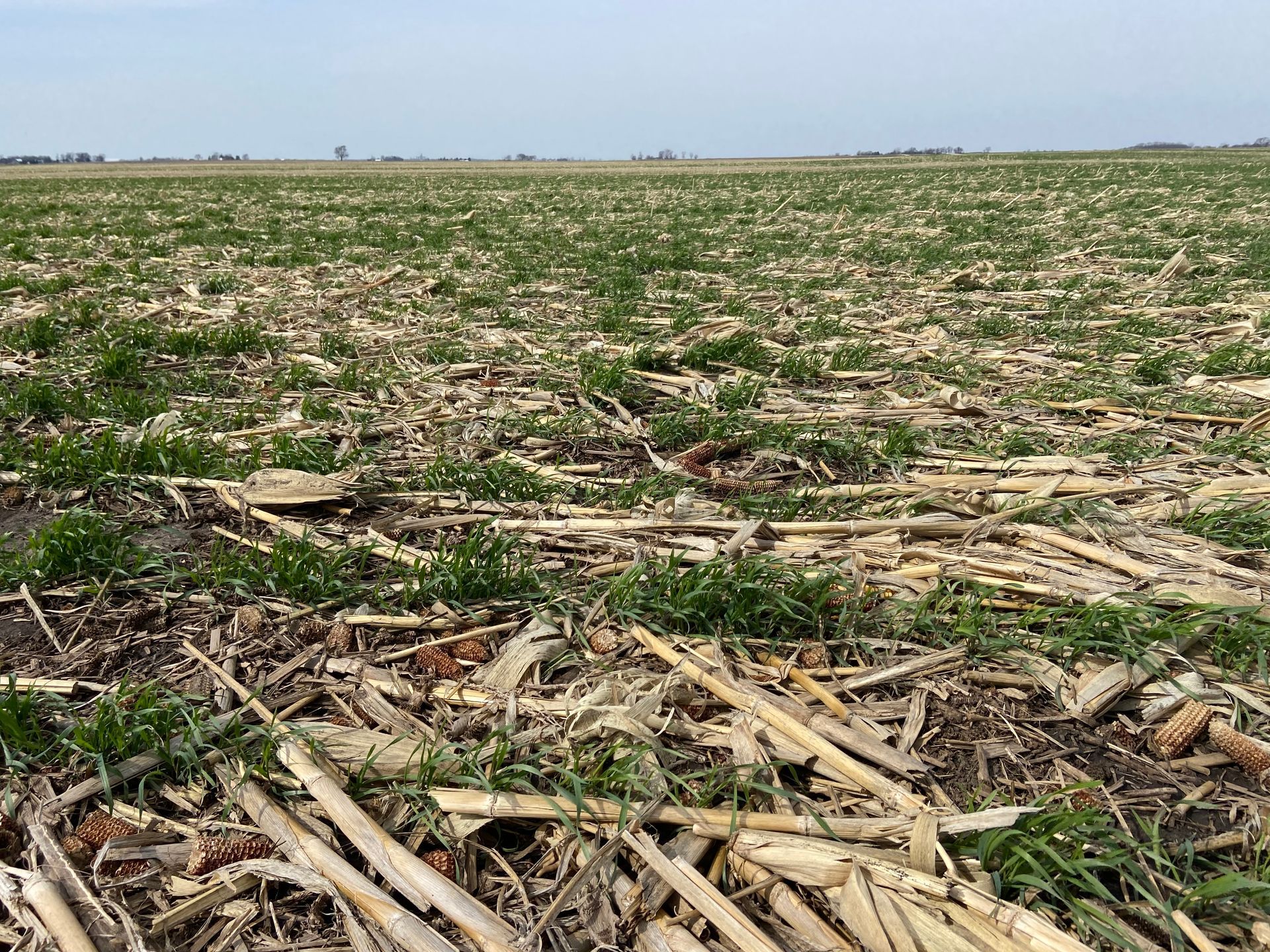
Farming for the Future
Protecting the land for future generations of farmers
Concerned about a growing hypoxic zone in the Gulf of Mexico, Illinois leaders began discussing the need to reduce nutrients leaving farmland and making their way into the Illinois and Mississippi Rivers in the early 2010s. By 2015, state leaders from agriculture, environment and government came together to write the Illinois Nutrient Loss Reduction Strategy (NLRS).
The Illinois NLRS is notable because the focus is on voluntary work from Illinois farmers to reduce nutrient losses from farm fields.
Your farm associations immediately began work to help farmers understand the quantity of nutrient loss from Illinois farmland, how that loss impacts their bottom lines, and how to reduce or eliminate that loss.
Why is 2025 so significant?
By 2025, Illinois has committed to:
- 25% reduction in phosphorus
- 15% reduction in nitrogen
These targets aim for a 45% reduction in loss of these nutrients to the Mississippi River.
A voluntary NLRS allows farmers to be in control of their own management decisions, but it also places the burden of progress squarely on Illinois farm families. If you haven't yet considered adding at least one new conservation practice to each of your acres, there's never been a better time.
Why it matters
Sustainable Doesn't Have to Mean Sacrifice
Why should you care about water leaving your farm? What’s in that water may change the land and the drinking water for you and your neighbors. The water is also carrying your hard-earned dollars with it if you aren’t controlling nutrient loss.
Illinois is a major contributor of nutrients to the Mississippi River Basin. According to the U.S. Environmental Protection Agency (USEPA), excess nitrogen and phosphorus can cause algal blooms, hypoxia, and drinking water concerns—both here and downstream.
What do algal blooms and hypoxia do?
As algal blooms decompose, they deplete oxygen levels in the water, resulting in hypoxia. Large hypoxic areas are often called “dead zones” because they cannot support normal populations of aquatic life. The largest dead zone in the U.S., and the second largest in the world, exists in the Gulf of Mexico near where the Mississippi River drains.
The 2023 NLRS Biennial Report shows that while point source phosphorus reductions have been improved, agricultural nitrogen losses remain largely unchanged. Without progress, Illinois may face mandatory regulations.
Nutrient loss isn’t just about the Gulf of Mexico. It’s also about:
- Saving your soil nutrients and input dollars
- Increase farm profitability
- Protect water quality
The Breakdown
- 80% of nitrate-nitrogen losses are accounted for by agricultural sources.
- The average nitrate-nitrogen loss was estimated at 10 lbs per acre yearly and ranges from 0.7 lbs to 42 lbs per acre yearly.
- The highest nitrate-nitrogen losses were found in the tile-drained region in the northern two-thirds of the state.
- 48% of total phosphorus losses are attributable to non-point sources, which are largely from agricultural sources.
- Point source: Pollutant loads discharged at a specific location from pipes, outfalls, and conveyance channels from either municipal wastewater treatment plants or industrial waste treatment facilities.
- Non-point source: Pollution that occurs when rainfall, snowmelt, or irrigation runs over land or through the ground, picks up pollutants, and deposits them into rivers, lakes, and coastal waters or introduces them into ground water.
- The average total phosphorus loss was estimated at 1.4 lbs per acre yearly and ranged from 0.42 to 9.74 lbs per acre yearly across watersheds.
- The highest total phosphorus losses were typically found in southern Illinois.
Limiting Factors
There’s one more important factor to consider: weather patterns are changing, and farmers aren’t farming in a bubble. In the same ten-year period that Illinois agriculture has been working toward NLRS goals, farmers have also faced more frequent and intense rainfall events. More water moving across and through fields can lead to more nutrient loss. It’s a reminder that nutrient loss isn’t just about what you apply—it’s also about how your fields respond to increasingly unpredictable weather.
Real Solutions for Real Farms
What is IL Corn Doing?
IL Corn has been investing in farmer-focused conservation since the beginning of NLRS.
Our priority: make conservation practical and profitable.
PCM – Precision Conservation Management
Founded by IL Corn, PCM is the premier conservation program that uses data from farms to evaluate conservation practices based on profitability and environmental improvements. With PCM, you can make informed decisions that work for your farm.
We’re also:
- Advocating for voluntary, incentive-based conservation
- Supporting science-based solutions that work for Illinois soils
- Expanding access to cost-share programs
IL Corn joined other Illinois stakeholders on a trip to the Gulf of Mexico to meet with fishermen and local leaders. The hypoxic zone is more than a data point—it’s a reality impacting people’s livelihoods. Hearing firsthand from those affected helps reinforce the importance of farmers' leadership upstream.
What You Can Do
It's as complicated or as simple as you make it
Want to do something now? You don’t have to change everything to make a difference. Here are some small steps that make a real impact:
- Use the 4Rs – Right source, Right rate, Right time, Right place
- Split-apply nitrogen to match crop uptake
- Reduce tillage to slow runoff
- Plant cover crops to hold soil and nutrients
- Use PCM to see how conservation practices can transform your farm
Since PCM began analyzing nitrogen use in 2015, the University of Illinois’ Maximum Return to Nitrogen (MRTN) system has correctly predicted the most profitable nitrogen application rate every single year. For both high- and low-soil productivity rating (SPR) soils, the most profitable rates are below 200 lbs of nitrogen per acre.
If you’re applying more than 200 lbs of nitrogen per acre, it’s time to reconsider your approach. This simple adjustment impacts farm profitability in two ways: save money per acre in nitrogen fertilizer costs AND receive a nitrogen reduction incentive payment from one of PCM’s partners in exchange for the carbon credits you are generating by reducing your nitrogen fertilizer rate. That’s what we call a win-win!
Studies published in farmdoc daily confirm that some practices, like reduced tillage and cover crops, can be profitable depending on soil type, management, and weather conditions.
Here’s the good news: the same practices that reduce nutrient loss also build soil resiliency. Cover crops, reduced tillage, and more precise nutrient management all help your soil hold up better in extreme weather—whether that’s heavy rain or drought. That means less risk, more stability, and better long-term profitability.

Mission: Through grassroots advocacy, create a future for Illinois farmers in which they can operate freely, responsibly, and successfully.

